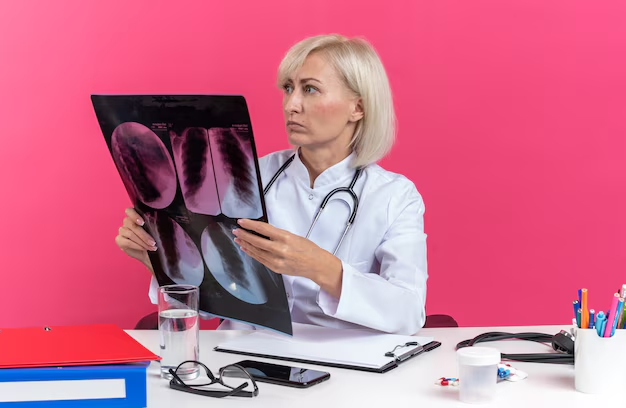How Many People Are Affected by Osteoporosis? Find Out Now
Affecting millions across the globe, osteoporosis is often dubbed the "silent thief" due to its stealthy progression and potentially debilitating consequences. Affecting bone strength, it quietly increases the risk of fractures, especially in the elderly. But just how widespread is this condition?
Understanding Osteoporosis
Osteoporosis is a condition characterized by a decrease in bone density, making bones fragile and more susceptible to fractures. While anyone can experience osteoporosis, it's more common in older adults, particularly women post-menopause due to hormonal changes.
Global Prevalence of Osteoporosis
Worldwide, osteoporosis affects over 200 million people, with many unaware they have the condition until they suffer a fracture. In the United States alone, around 10 million individuals are diagnosed with osteoporosis, with an additional 44 million estimated to have low bone density, putting them at increased risk.
Who is Most at Risk?
- Postmenopausal Women: Hormonal shifts make them the most affected demographic.
- Elderly Individuals: Aging naturally diminishes bone strength.
- Family History: Genetics can contribute to increased susceptibility.
- Poor Nutrition: Calcium and vitamin D deficiencies are critical risk factors.
The Financial Burden of Osteoporosis
The economic impact of osteoporosis is staggering, with billions spent annually on medical costs related to fractures and long-term care. This burden isn't just limited to healthcare systems. Individuals and families often bear significant expenses related to medical treatments, mobility aids, and home adaptations.
Navigating the Financial Implications
Understanding financial stressors, especially when dealing with a condition like osteoporosis, is crucial. Fortunately, several financial assistance programs may help alleviate these pressures:
Government Aid and Financial Assistance
- Medicare and Medicaid: These programs often cover many osteoporosis treatments and preventive services for eligible individuals.
- Social Security Disability Insurance (SSDI): For those unable to work due to osteoporosis-related complications, SSDI can offer vital financial support.
- Supplemental Nutrition Assistance Program (SNAP): Ensures access to nutritious foods that can help maintain bone health.
Debt Relief and Credit Card Solutions
- Non-profit Credit Counseling: Offers advice and mediation with creditors, helping manage medical bills.
- Medical Debt Forgiveness Programs: Some hospitals offer assistance or forgiveness programs for those unable to pay bills.
Educational Grants and Resources
- Health Workshops: Local organizations may offer free workshops on managing osteoporosis, focusing on nutrition, exercise, and wellness.
- Community Support Groups: Help to provide emotional support and shared strategies for dealing with osteoporosis-related challenges.
With osteoporosis impacting so many, it's vital to stay informed. Proactive management, whether through lifestyle changes or seeking financial support, is key to reducing the burden of this pervasive condition.
🏥 Financial Assistance Programs
- Medicare & Medicaid Coverage
- SSDI (Social Security Disability Insurance)
- SNAP (Supplemental Nutrition Assistance Program)
💸 Debt Management Options
- Non-profit Credit Counseling
- Medical Debt Forgiveness
🎓 Educational Opportunities
- Free Health Workshops
- Community Support Groups 🌐
Managing osteoporosis requires a multifaceted approach, and knowing where to turn for support can make all the difference.

Related Topics
- a Nurse Is Caring For a Client Who Has Osteoporosis.
- a Percutaneous Is Performed To Treat Osteoporosis Related Compression Fractures
- Can Alcohol Cause Osteoporosis
- Can I Do Pilates If I Have Osteoporosis
- Can I Reverse Osteoporosis
- Can Men Get Osteoporosis
- Can Osteoporosis Affect Teeth
- Can Osteoporosis Be Cured
- Can Osteoporosis Be Painful
- Can Osteoporosis Be Reversed